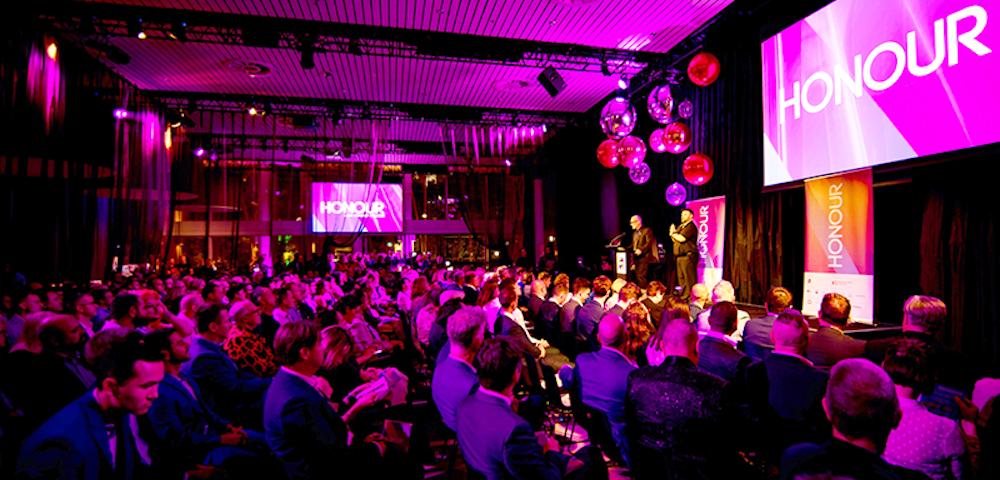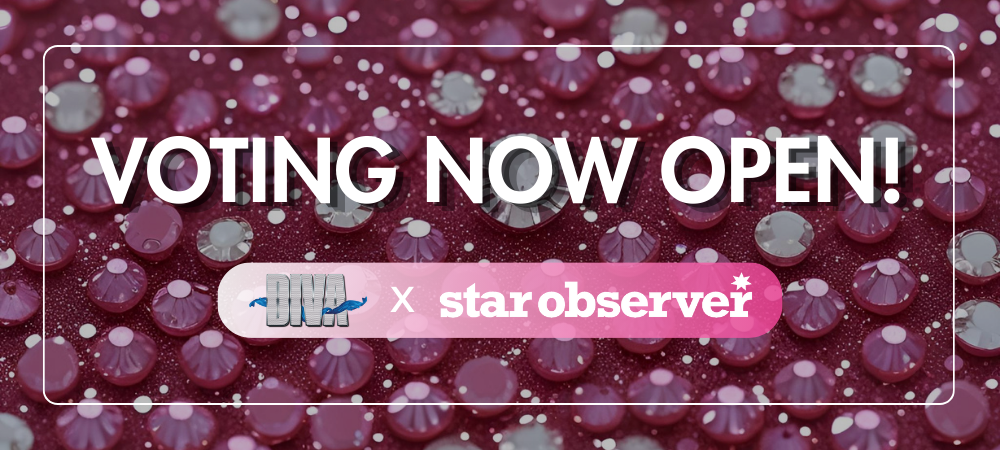
Red lights,flashbulbs
She juts out her breasts with a mixture of defiance and boredom. He grasps his cock as both a threat and an invitation. She worked in Montmartre in the 1930s; he worked on 42nd Street in the 1970s. We can probably assume they never met, but the photographs taken of them by Brassa?nd Larry Clark (respectively) suggest an analogous, even shared experience. This is both the wonder and danger of Red Light, an impressive exhibition at the Australian Centre For Photography (ACP) that spans nine decades and four continents.
Firstly, a brief (and reductive) overview of the works themselves. The big names include Henri Cartier-Bresson, E.J. Bellocq and Brassai, represented by pictures from the 1910s to the 1930s of workers framed everywhere from studio settings to actual street corners. The 70s and 80s are neatly covered by Larry Clark’s hustlers and Max Pam’s Filipino women, in poses that blur the line between pornography, eroticism and art. The 90s are sampled with Atta Kim’s meta-framed studies of geishas in glass cases, while an installation of a local sex worker’s lounge room by Lee-Anne Richards humanises the subject. Megan Spencer’s video portrait of B&D dominatrix Mistress Ursula screams with grrrl power, while Tracey Moffat’s film Nice Coloured Girls fictionalises the efforts of women who enact a post-colonial revenge, ripping off white captains on a night out at the Cross. Finally, Dayanita Singh’s study of enslaved Bombay prostitutes occupies the most startlingly humanitarian and feminist perspective.
As with any themed exhibition, the similarity of content brings into relief differences in style. The studio shots of Bellocq hold the fascination of the nostalgic, until a closer inspection reveals an array of female stereotypes within the sex worker frame: the mother, the virgin and the lady, as well as the whore. Clark’s decision to capture the seductive gaze (the point of sale) on the hustlers’ faces contrasts beautifully with the almost taxidermic visages of Kim’s geishas.
Needless to say, the images are further complicated by a creeping sense of exploitation. The pictures raise as many questions as they answer: What was the relationship between the photographer and the subjects? Was the work originally viewed as noble, exploitative, titillating or purely aesthetic? The subjects may appear to occupy the same contextual street corners, but vast canyons of time and culture belie their two-dimensional similarities. At a floor talk held at the gallery on the weekend, ACP director Alasdair Foster sensibly stressed the importance of seeking out the broader collections from which the images were borrowed: to eschew notions that pure photojournalism needs no captions. (Alternatively, grab a copy of the free room notes).
The questions also make Red Light gripping viewing and perfect date material: it’s free, and coffee/analysis afterwards should tell you a lot about your intended’s sexual/aesthetic/moral beliefs. The works of great artists are on show, yet Roland Barthes’ argument holds fast that ultimately the referent adheres. The subjects -“ the workers themselves -“ leave the most powerful, glowing afterimage.
Â
Red Light continues at the Australian Centre For Photography at 257 Oxford Street, Paddington until 29 September. Admission is free and the gallery is open from 11am to 6pm, Tuesday to Sunday. Phone 9332 1455 or visit www.acp.au.com for more information. (The URL is correct!).









